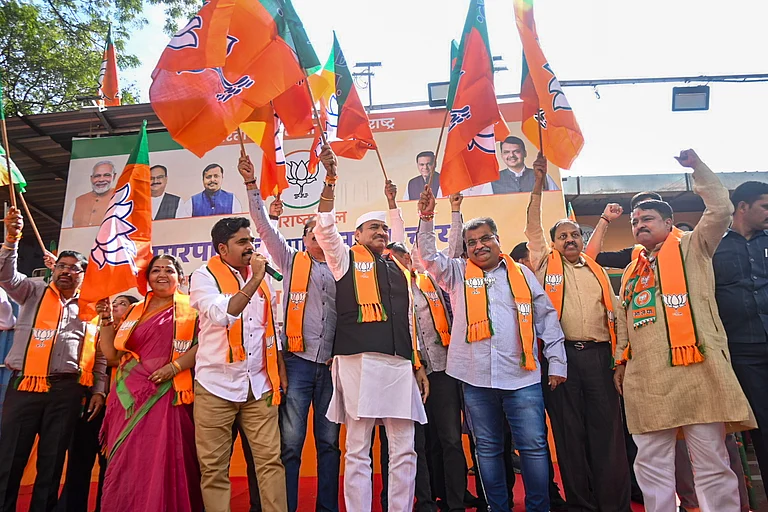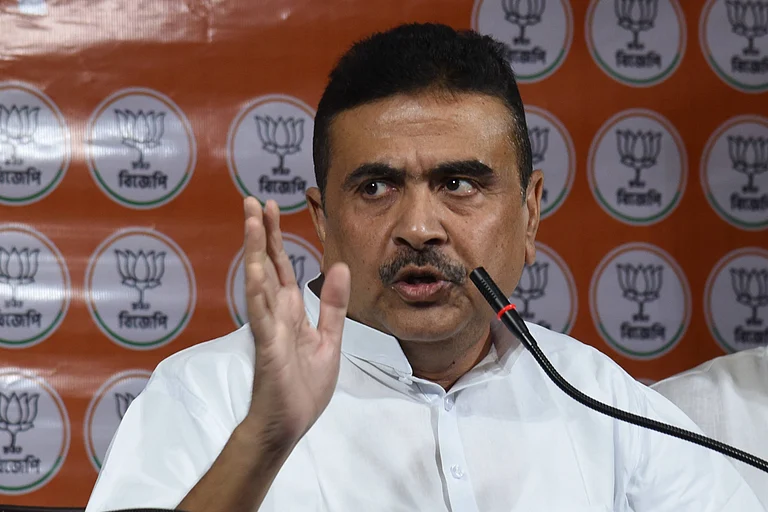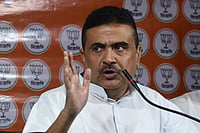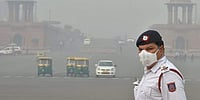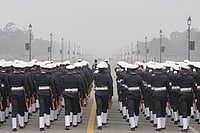The book isn't unlike a Shobha De novel. The writer's profile—much like De's—makes it a potential bestseller. But with a difference: while De can churn out a plot without a thought, Seshan over-thinks to provide impractical solutions to practical problems.
The Constitution, the legislature, the judiciary, the bureaucracy—nothing is crippled by anything less than a Great Indian Problem. So, he goes trekking on a philanthropic mission, looking at the problems, providing solutions to each with an awareness that the Great Indian Metamorphosis cannot happen overnight.
Advocating "glasnost" in every sphere, he suggests that the President should be the real head of the state instead of being a mere figurehead. The President's ministerial team, he thinks, should comprise "sensible men and women of substantial means—or even of modest and honest means".
Seshanisms, they all are. And, another Seshanism reveals itself in his view of the inefficacious judge: "When a judge threatens...(and) if he repeats the offence, he shall both be punished and dismissed." That's Kautilya, he tells his uninformed reader.
Some kind of 'Arthashastra' Updated, one thinks. In the meantime, Seshan goes on: "In many areas, the Government has no business to be in business." He talks of the establishment of a huge number of "independent commissions...that can make their views known without fear or favour". He asserts that India should head the "technological revolution" and also "exercise the nuclear option". The argument behind this is profound enough to be known by none:
"The world respects strength."
The book collapses because of an overwhelming desire to analyse every dilemma under the Indian sun. The reason: it condones that a dissipated focus is the mother of all philosophical disasters.








